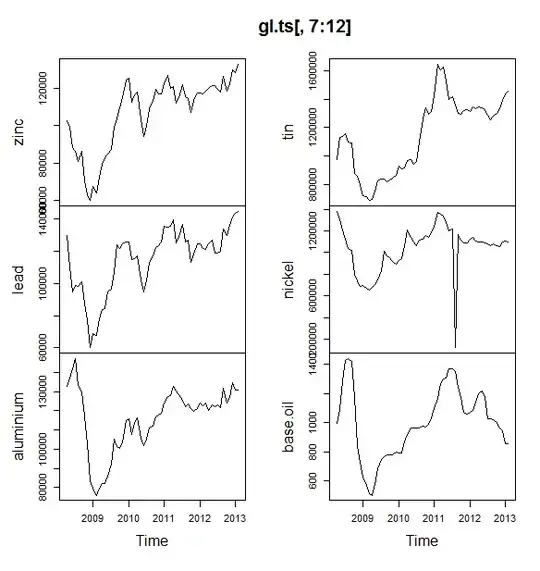I came across a study (in an internal presentation, I don't think it was published externally) where the researchers were running participants through one of two conditions, with a single outcome variable.
Every single time someone finished the experiment, they ran a significance test, and when the p-value reached 0.05 they stopped collecting data. (Note that there was no risk of harm - the study was done using Mechanical Turk, so the researchers were interested in minimizing the costs).
This seems like an interim analysis on steroids. There are established methods of handling interim analysis, but I've never seen anything like this before (or since).
One argument that could be made is that they were interested in the parameter estimate, not the significance value, and if there were no effect, then it is likely that the final estimate from this analysis would be very small. (I guess I could write a simulation to see).
How should one go about interpreting a significant result from such a study? Is it possible to correct that p-value?

